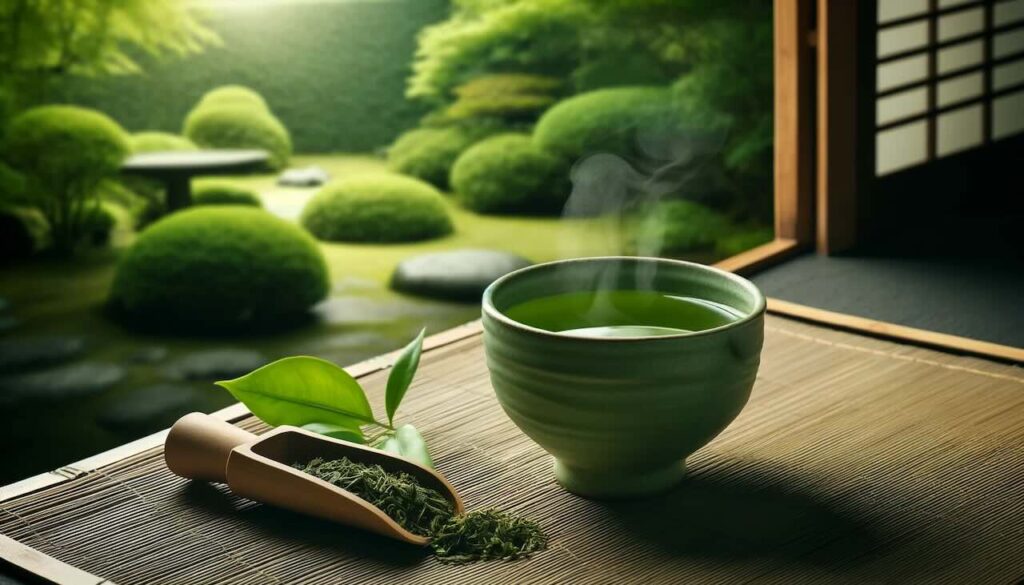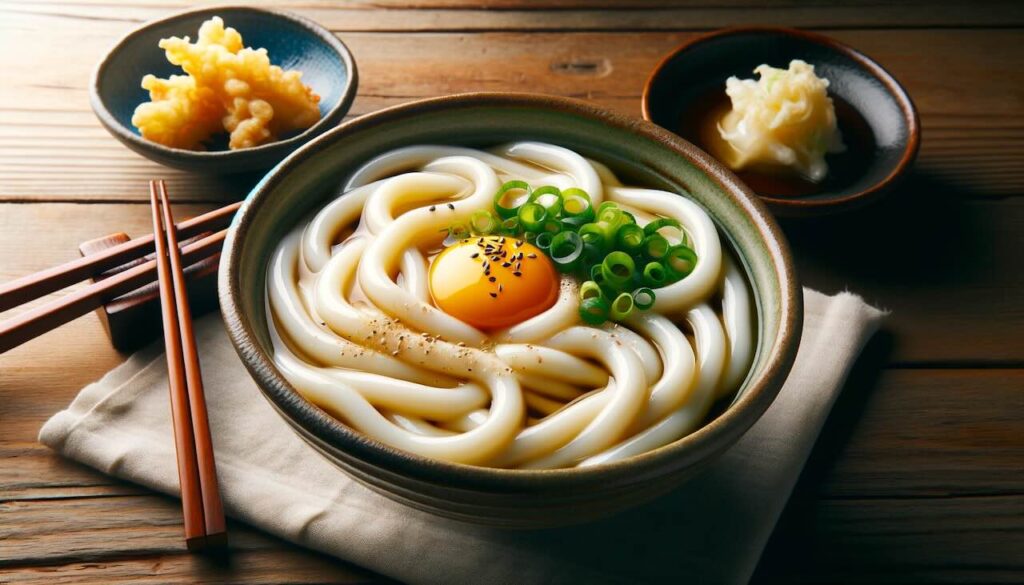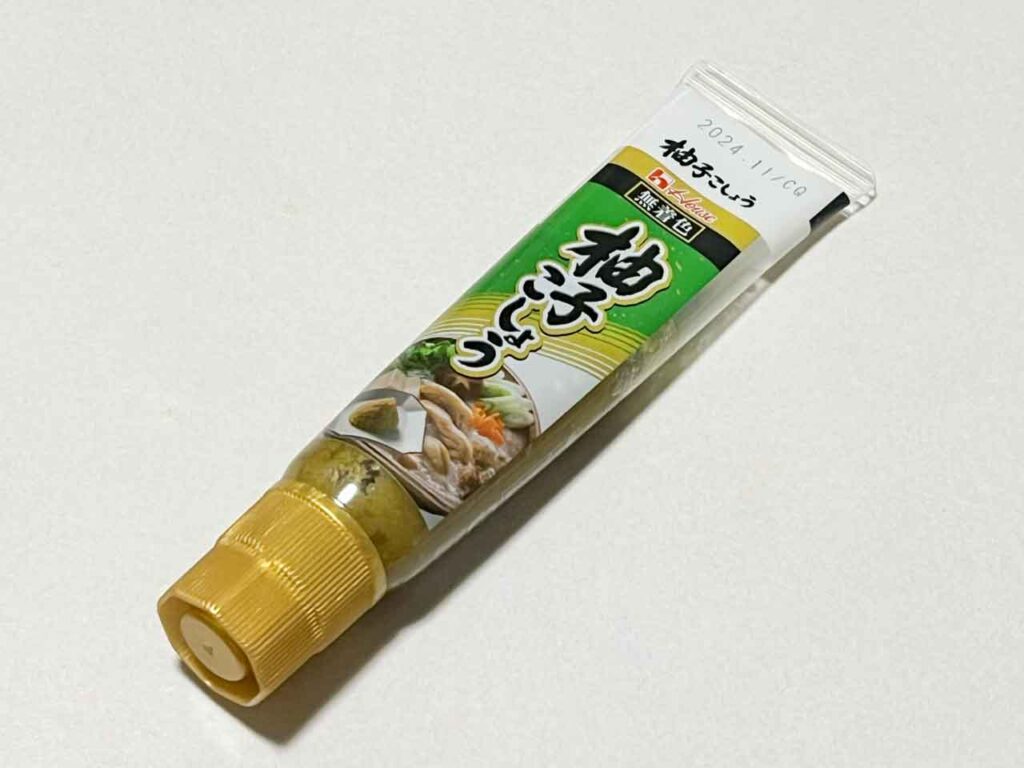Japanese green tea is far more diverse than many realize, offering a wide range of flavors, histories, and preparation methods. Among the most well-known varieties are Bancha and Sencha — two teas that may look similar but are quite distinct in their origins, processing, and taste. Let’s explore exactly what sets Bancha and Sencha apart, and why both occupy special places in Japanese tea culture.
What Are Bancha and Sencha?
At their core, Bancha and Sencha are both green teas made from the leaves of Camellia sinensis, but their processing techniques create very different drinking experiences.
- Sencha: The most widely consumed green tea in Japan, Sencha is made from the first and finest flush of young tea leaves. After harvesting, the leaves are quickly steamed to prevent oxidation, then carefully rolled and dried. This process preserves the vibrant green color and fresh aroma while enhancing the umami flavor.
- Bancha: Often referred to as a “commoner’s tea,” Bancha is typically made from the later harvests — usually the third or fourth picking of more mature leaves and stems. Instead of delicate steaming, some Bancha varieties are pan-fried or roasted after being picked, though steaming is also common today. This gives Bancha its characteristic boldness and rustic charm.
Flavor Profile Comparison: Bancha vs Sencha
The difference in processing leads to notable contrasts in taste, aroma, and appearance:
| Aspect | Sencha | Bancha |
|---|---|---|
| Flavor | Mild, sweet, with rich umami | Robust, earthy, slightly bitter |
| Aroma | Fresh, grassy, sometimes floral | Roasted, nutty, sometimes woody |
| Astringency | Low to moderate | Moderate to high |
| Color | Bright green | Pale yellow to brownish green |
Sencha’s fresh sweetness and balance make it a staple for daily enjoyment in Japan, often served to guests or during meals. Bancha, on the other hand, offers a heartier, more grounded experience, often enjoyed casually at home or after meals due to its lower caffeine content.
The Origins of Bancha’s Name
The word “Bancha” (番茶) carries cultural echoes of Japan’s Edo period. One theory suggests that “ban” refers to the “bannin” (番人), or gatekeepers who managed feudal estates. These gatekeepers would collect leftover, coarser tea leaves not fit for high-grade teas, roast or pan-fry them, and drink the resulting brew.
Another interpretation of “ban” simply means “late” or “coarse,” reflecting Bancha’s use of later-season leaves and larger stems. Either way, Bancha evolved into an affordable, accessible tea beloved by the masses for its simplicity and comforting flavor.
The Origins of Sencha’s Name
The name “Sencha” (煎茶) literally means “steeped tea” or “roasted tea.” Historically, this referred to the heating and rolling technique applied to the steamed leaves, which set it apart from earlier forms of Japanese tea like Matcha or sun-dried teas.
Sencha’s method was introduced to Japan from China but was revolutionized by the Japanese tea master Nagatani Soen in the 18th century. His innovative approach combined steaming with hand-rolling, producing a fresher, more vibrant tea that became immensely popular. Today, Sencha accounts for over half of Japan’s green tea production and remains deeply embedded in daily life and formal tea culture alike.
Cultural Significance: More Than Just Taste
Beyond flavor, both Bancha and Sencha reflect aspects of Japanese philosophy and daily life:
- Sencha embodies the Japanese pursuit of refinement, seasonal awareness, and hospitality. Serving Sencha is a quiet art — a gesture of respect and care for one’s guest.
- Bancha speaks to the values of simplicity, frugality, and comfort. It’s the tea of the everyday, brewed without ceremony but full of heart.
For travelers to Japan, you’ll find Sencha served in restaurants, hotels, and tea houses, while Bancha often appears in rural homes, local inns, and casual dining settings.
Summary
While Bancha and Sencha both belong to Japan’s treasured green tea family, their differences lie in harvesting time, processing methods, and the cultural roles they play. Sencha offers a refined, umami-rich experience, while Bancha provides a rustic, soothing cup rooted in the rhythms of daily life. Exploring both allows tea lovers to better appreciate the depth and nuance of Japanese tea culture.


